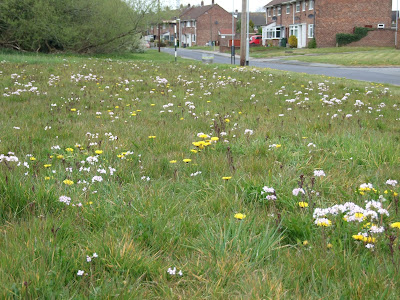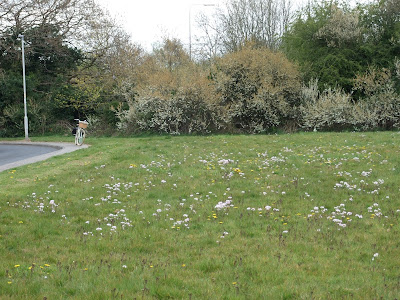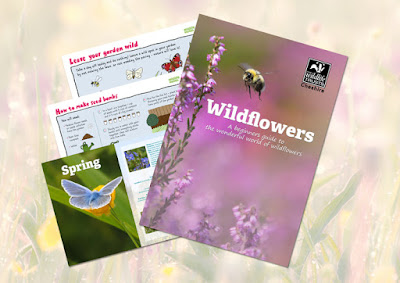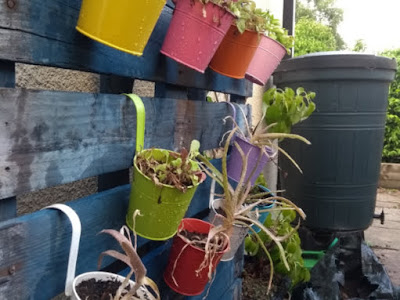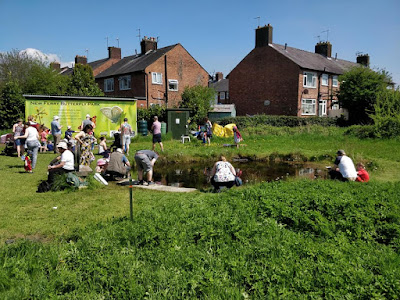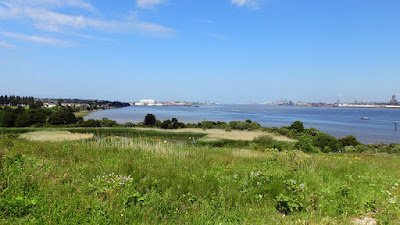The City Nature Challenge is a global citizen science event, taking place in more than 400 cities from 30th April to 3rd May 2021. Over the four days of the challenge, people across the world come together to share observations of the nature all around us, using the iNaturalist app. It's open to wildlife recorders of all ages and abilities.
The challenge in Liverpool City Region is being co-ordinated by RECORD, Merseyside BioBank and Lancashire Wildlife Trust and this year is the third time that the region has competed.
How do I take part?
1) Download the iNaturalist app and make an account.
2) Join the Liverpool City Region project:
https://www.inaturalist.org/projects/city-nature-challenge-2021-liverpool-city-region
3) Photograph your wildlife observations and upload to the app. Don't worry if you're not sure of the species - other observers will help to ID from your photo where possible. You can also include sound recordings (e.g. birdsong) and photos of evidence like footprints too.
What happens to the data?
Observations uploaded to iNaturalist are available to Local Environmental Records Centres and other conservation organisations. As always, all records really are vital to conservation efforts. Records of both common and rare species help us build a picture of how our local wildlife is doing, which helps us understand how to protect it.
How many observations are we aiming for?
Last year, 5,946 observations of 978 species were recorded by 180 people in the area and we hope to beat these numbers this time round, but we need as many people as possible to join it to help make this happen!
Where can I find out more?
Take a look at these websites:
Thanks to RECORD for providing the information and asking us to get involved.


